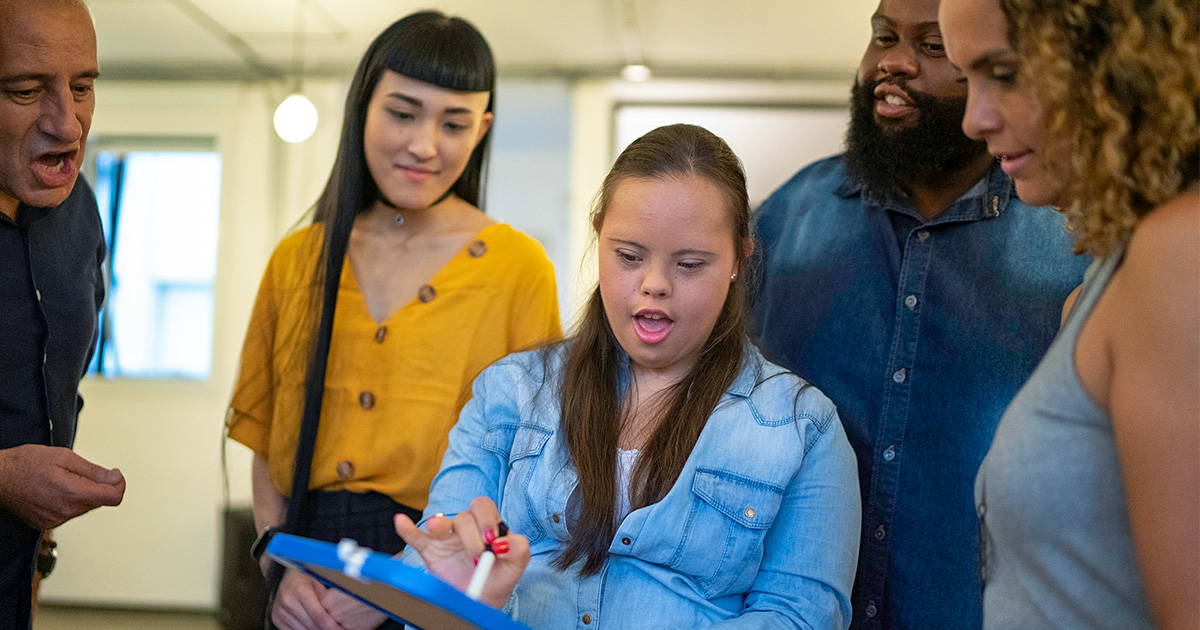Culturally Responsive and Equitable Evaluation for Federal Evaluation Staff
To help navigate the complex challenges of incorporating CREE in federal program evaluations, download our guide that shares activities to consider while deciding on research objectives, how to fund evaluations, and how to support evaluations.
Learn More


